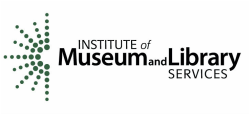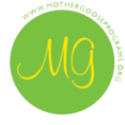Documentation Panels
Making a Documentation Panel that tells a story with pictures and words is a way to give children a chance to see the “story” of their work. It's also a great opportunity for parents and community members to see what children have been doing.
Documenting what is happening helps children see what happens over time and makes it possible to revisit activities quickly. The Documentation provides a focus for reviewing what children did in previous library programs and helps to make connections to new and different programs on the same topic (from Worms, Shadows ad Whirlpools by Karen Worth).
Elements of a Documentation Panel:
• Title and description and overview of the event/experience/skill development
• Photos of the children at work
• Photos or samples of children’s drawings, models, writing, etc.
• Children’s comments and transcribed comments from children’s discussions
• Librarian questions and observations about children’s learning
See the following sites for more information:
Aussie Child Care Network: How to Write a Learning Story
Ontario Ministry of Education: Observation and Documentation
NAEYC: The Power of Documentation
NAEYC: Learning Stories
Documenting what is happening helps children see what happens over time and makes it possible to revisit activities quickly. The Documentation provides a focus for reviewing what children did in previous library programs and helps to make connections to new and different programs on the same topic (from Worms, Shadows ad Whirlpools by Karen Worth).
Elements of a Documentation Panel:
• Title and description and overview of the event/experience/skill development
• Photos of the children at work
• Photos or samples of children’s drawings, models, writing, etc.
• Children’s comments and transcribed comments from children’s discussions
• Librarian questions and observations about children’s learning
See the following sites for more information:
Aussie Child Care Network: How to Write a Learning Story
Ontario Ministry of Education: Observation and Documentation
NAEYC: The Power of Documentation
NAEYC: Learning Stories




